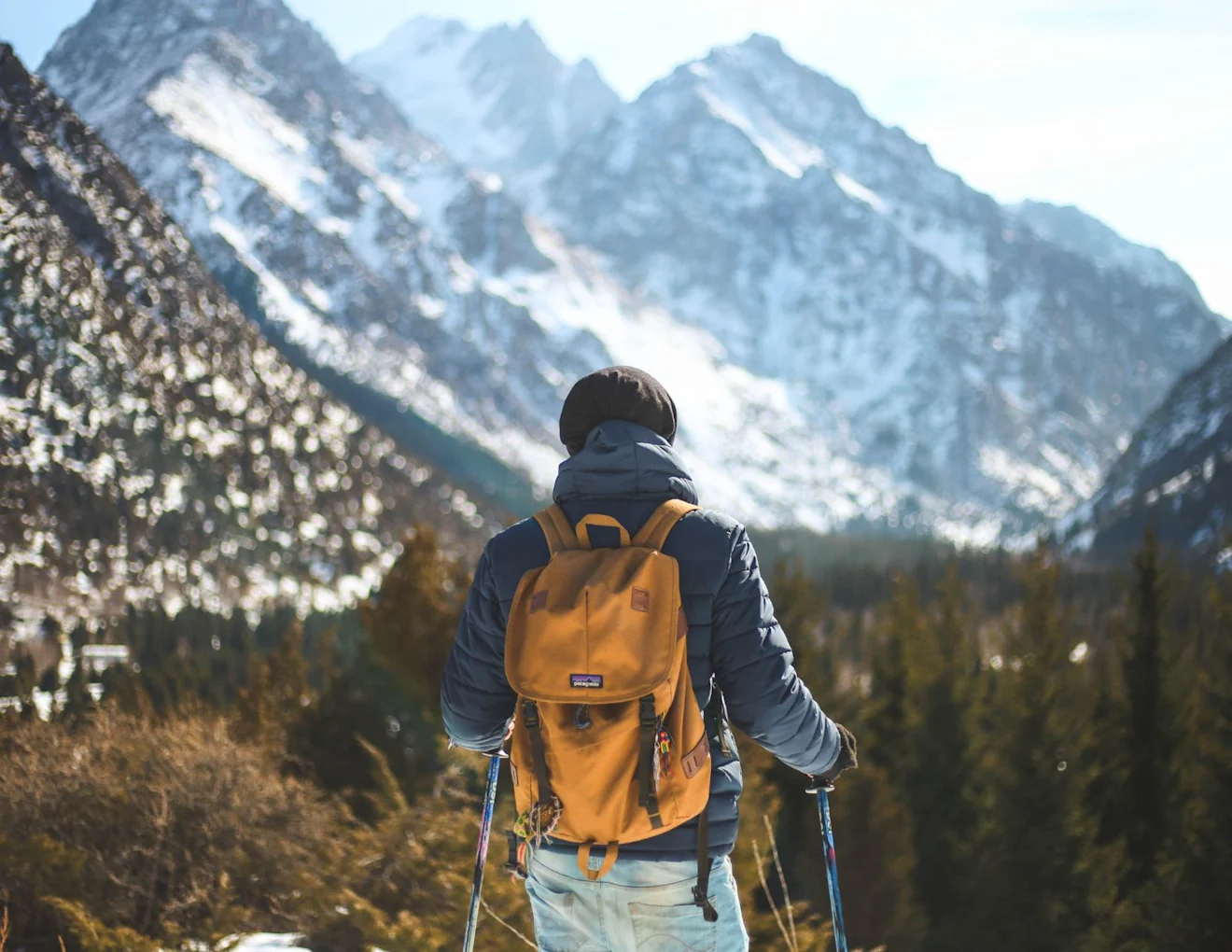Washington State’s winter trails offer a magical escape into snow-covered forests, frozen waterfalls, and peaceful alpine vistas. The crisp air and tranquil scenery create an unparalleled hiking experience, with fewer crowds and the chance to explore the outdoors in serene solitude.
This guide provides everything you need to hike confidently in winter, including trail recommendations, essential cold-weather hiking gear, and safety tips. Whether you’re a seasoned hiker or new to winter adventures, this article will help you stay warm, safe, and adventurous on the trails.

Why Winter Hiking in Washington State is Worth It
Scenic Beauty: Washington’s snowy landscapes include serene forests, icy lakes, and jaw-dropping views of alpine peaks.
Solitude: Winter hiking trails are far less crowded than in summer, providing a peaceful outdoor experience.
Physical Challenge: Winter hiking keeps you active and fit during colder months.
Wildlife Spotting: Spot animals like deer or eagles in their winter habitats.
How to Prepare for a Winter Hike in Washington
Check Trail Conditions: Use resources like WTA.org and NOAA for trail and weather updates.
Plan Your Route: Avoid trails with avalanche risks unless you’re experienced.
Know Your Limits: Start with shorter hikes at lower elevations if you’re new to winter hiking.

Safety Tips for Winter Hiking in Washington
Avalanche Awareness
Avoid Avalanche-Prone Areas unless trained.
Carry Gear: Beacon, probe, and shovel for risky terrain.
Use NWAC Resources: Check forecasts at the Northwest Avalanche Center
Weather Check
Monitor forecasts for sudden storms or cold snaps.
Daylight Planning
Start hikes early to avoid being caught in the dark.
Hiking with a Buddy
Always hike with a partner for safety or leave an itinerary with someone you trust if hiking solo.

How to Stay Warm & Comfortable While Winter Hiking
Layer Management: Avoid sweating by adjusting layers during your hike.
Keep Feet Dry: Use gaiters and waterproof boots.
Break Strategy: Take shorter breaks to retain body heat.
Warm Food & Drink: A thermos of hot tea or soup can help keep you warm.

